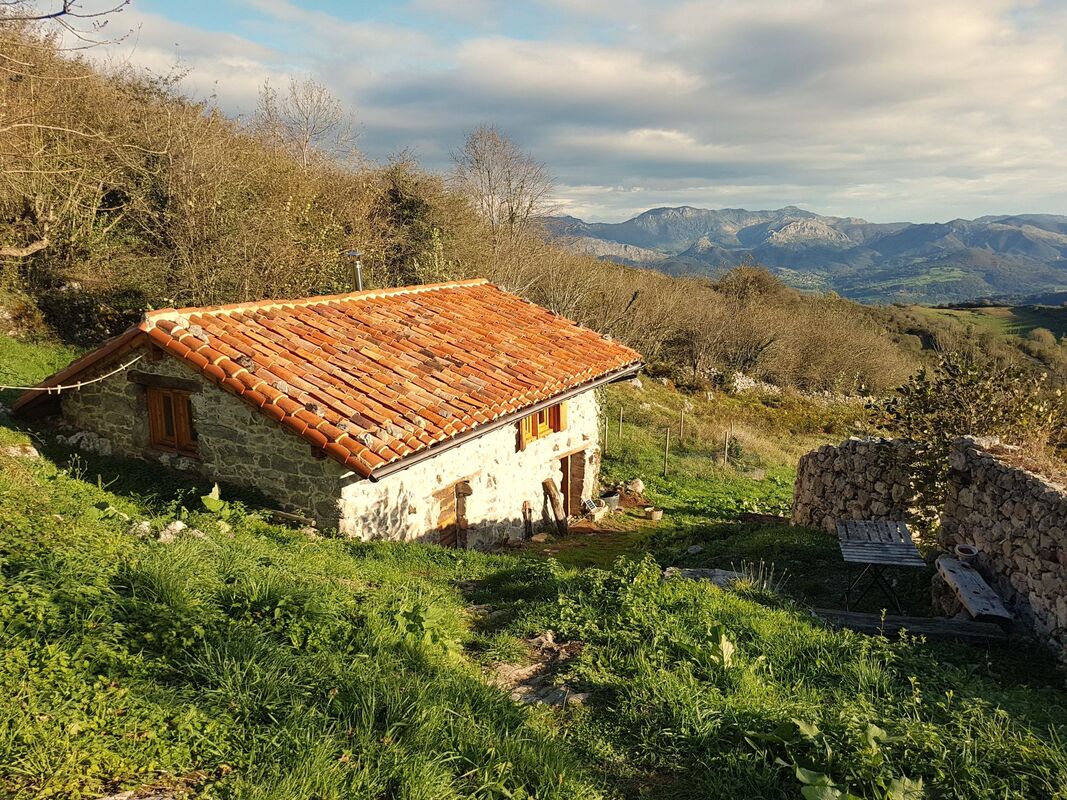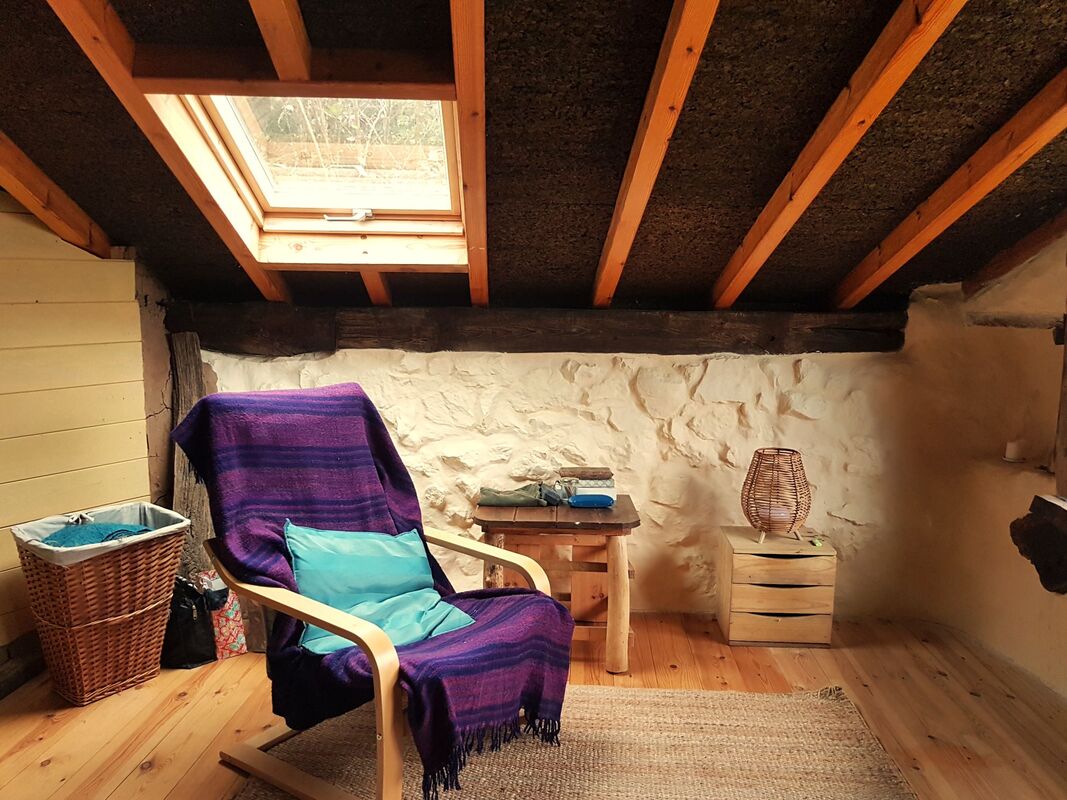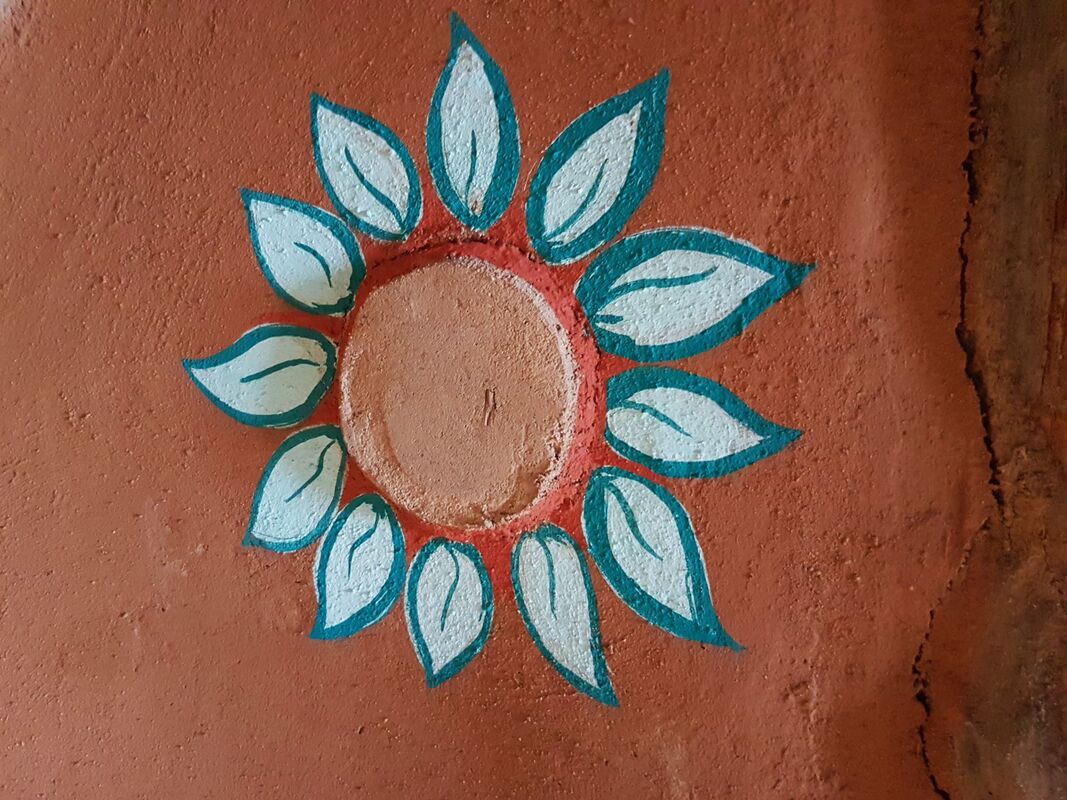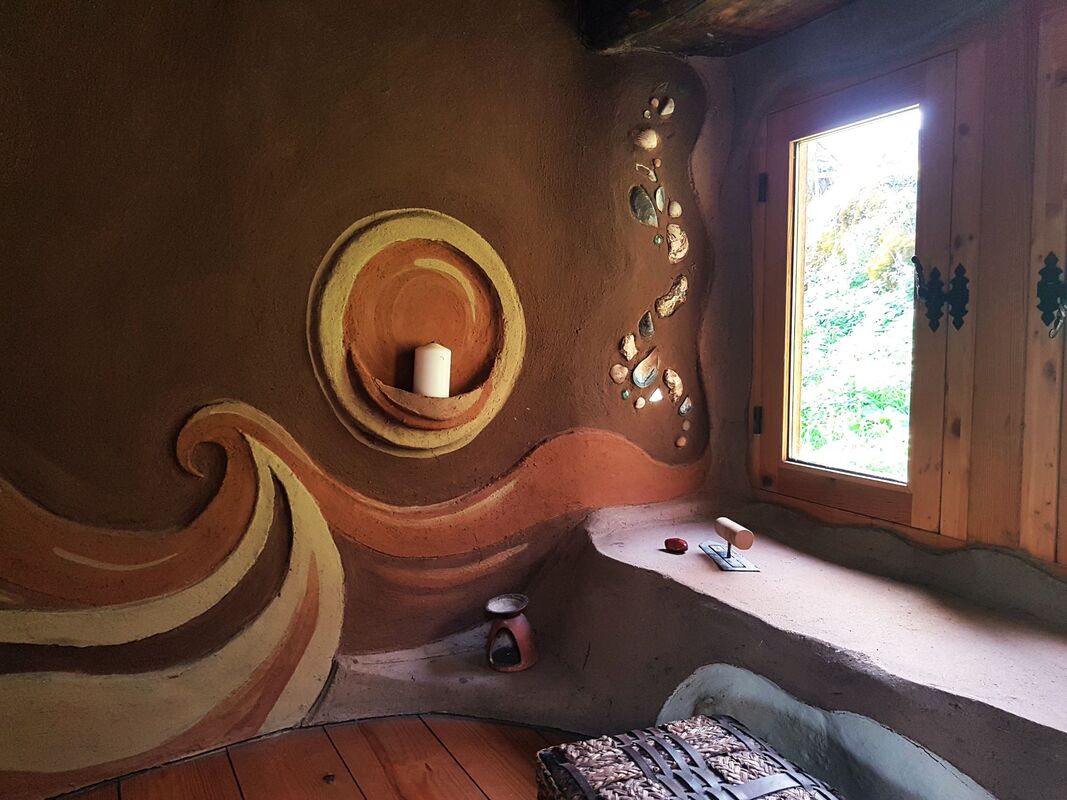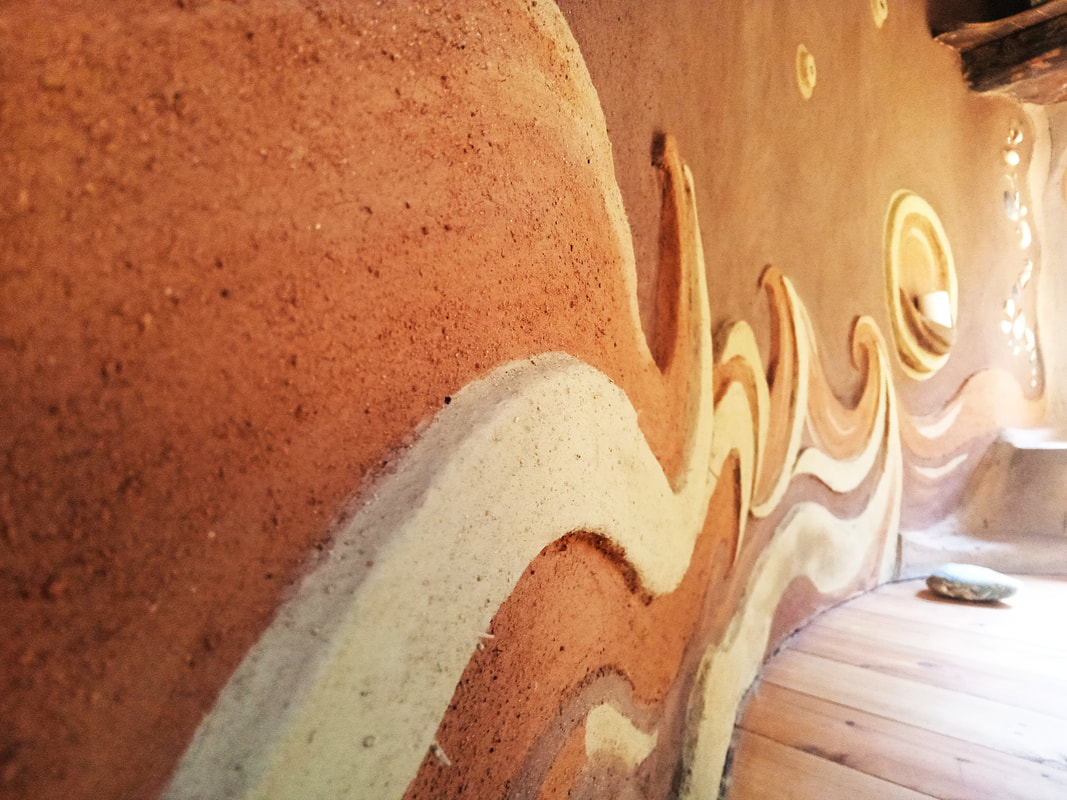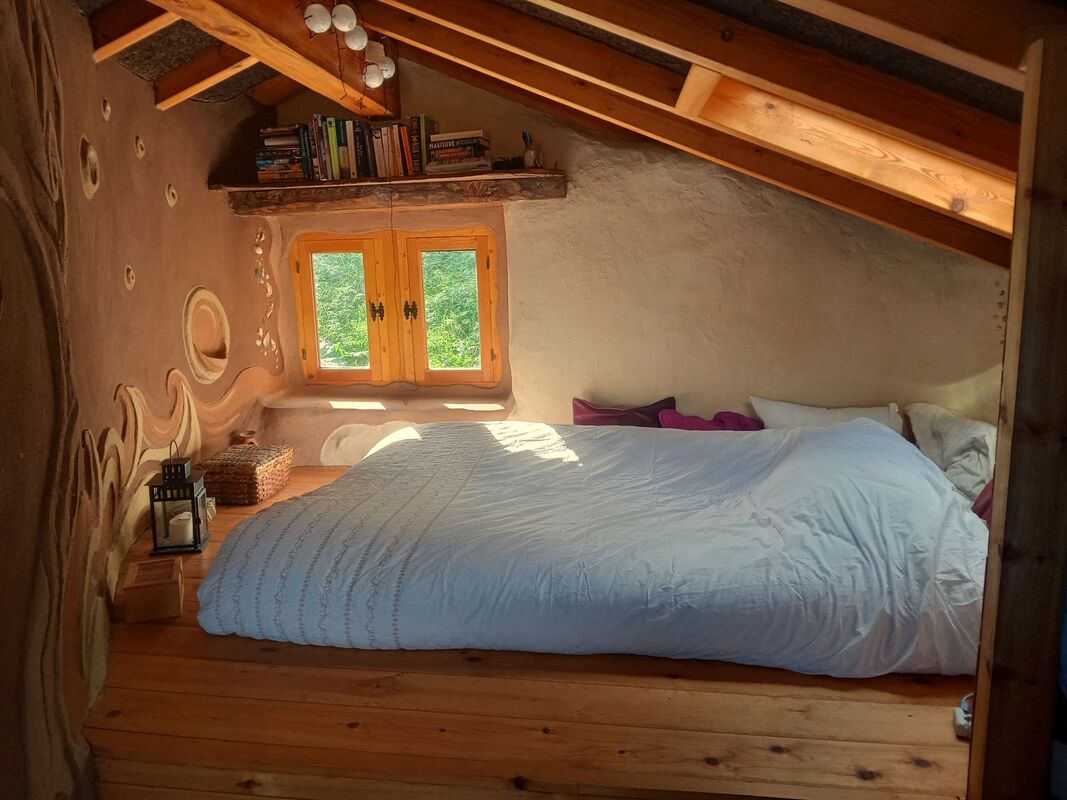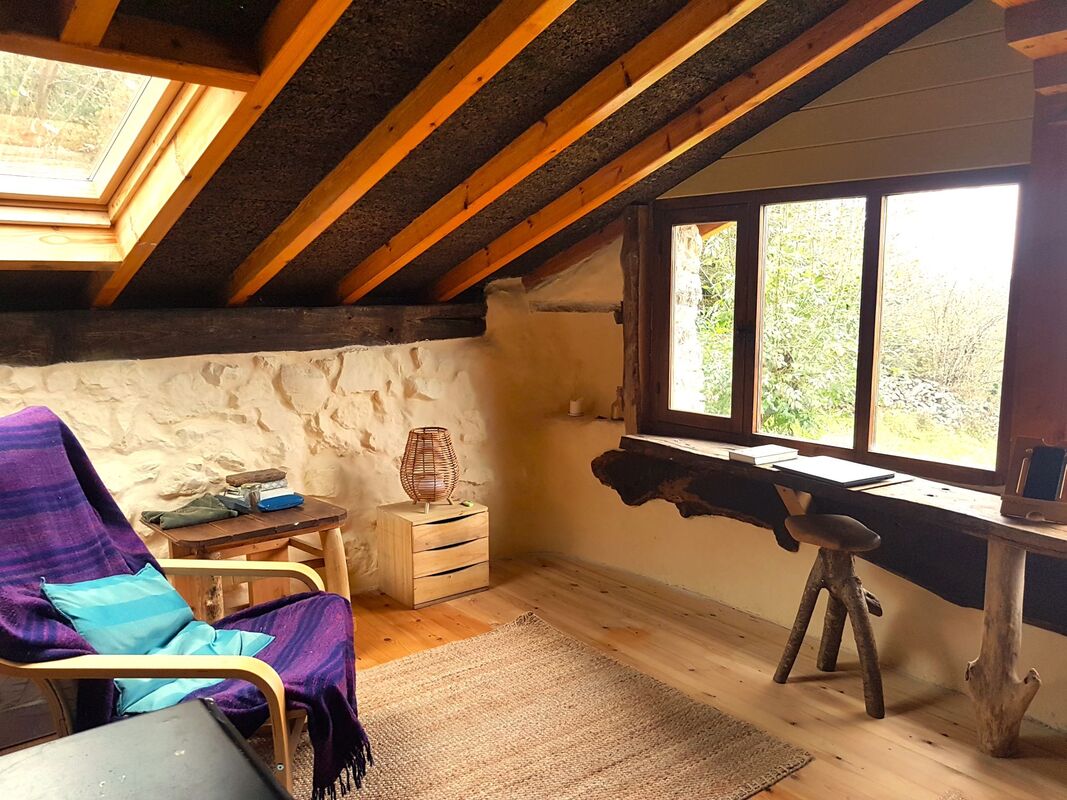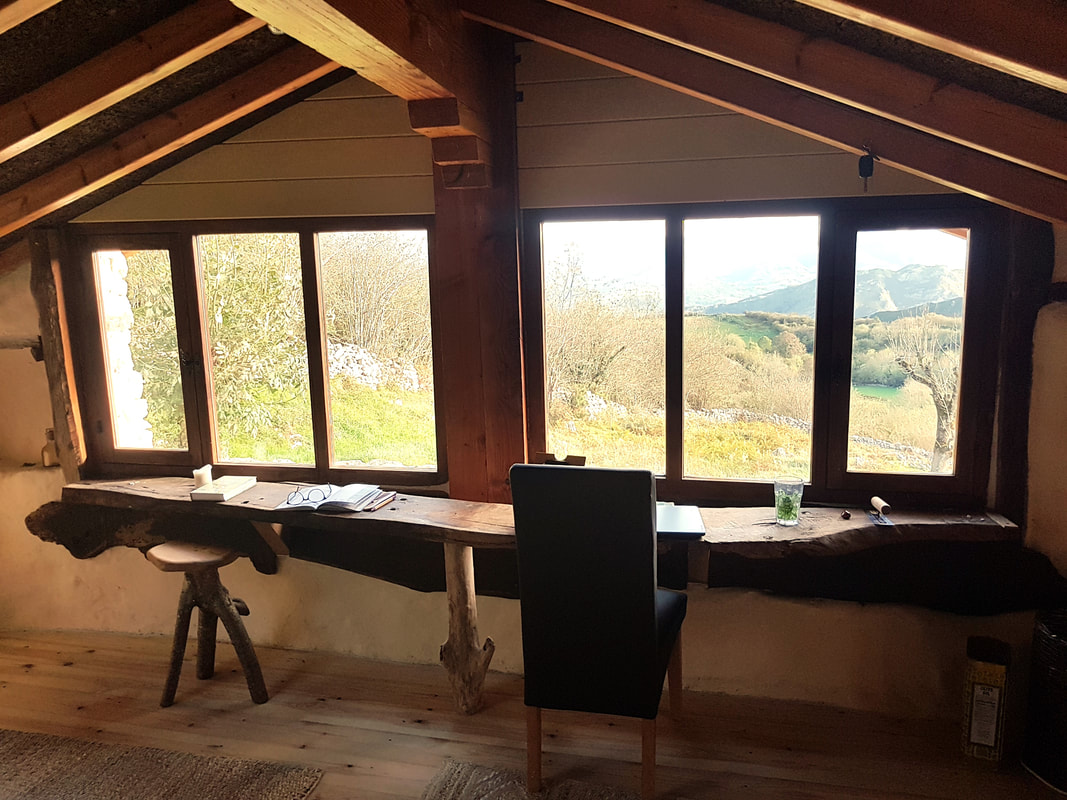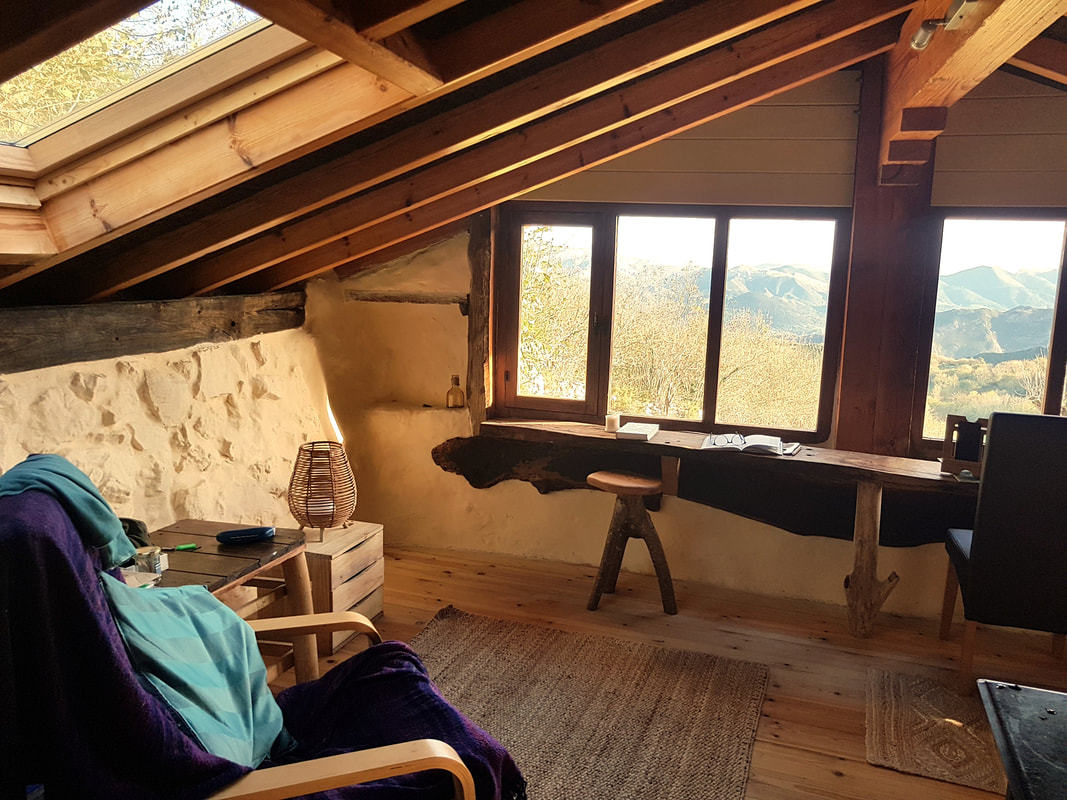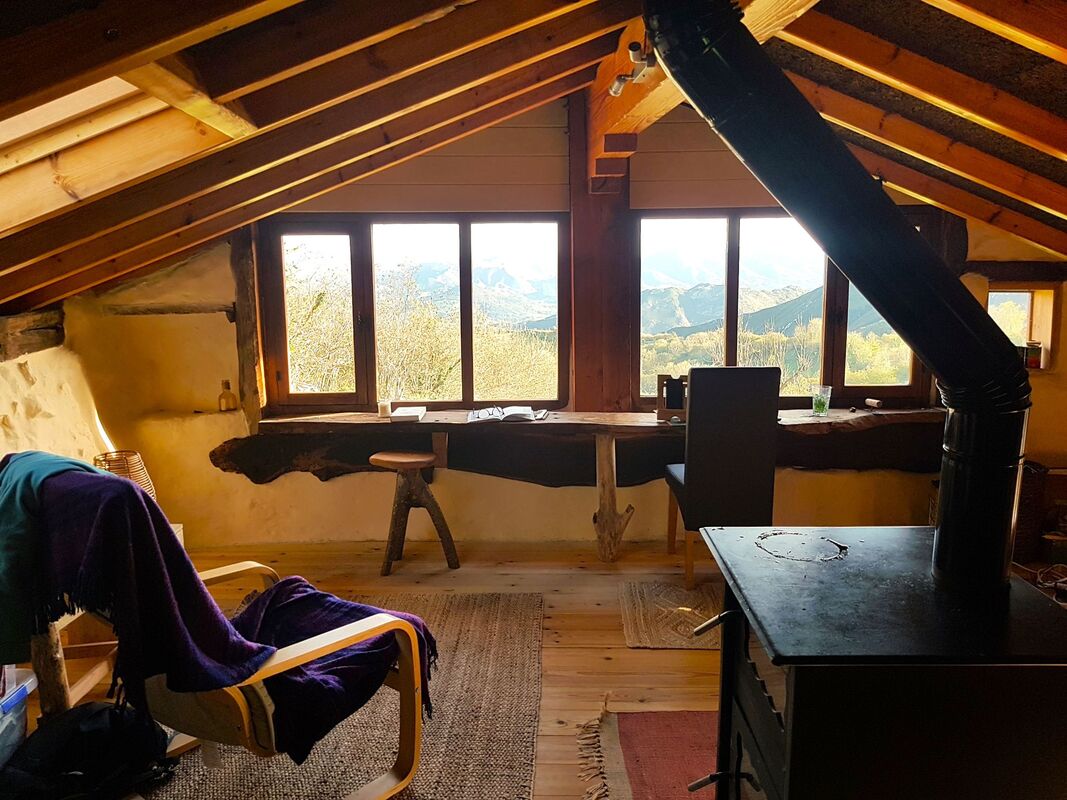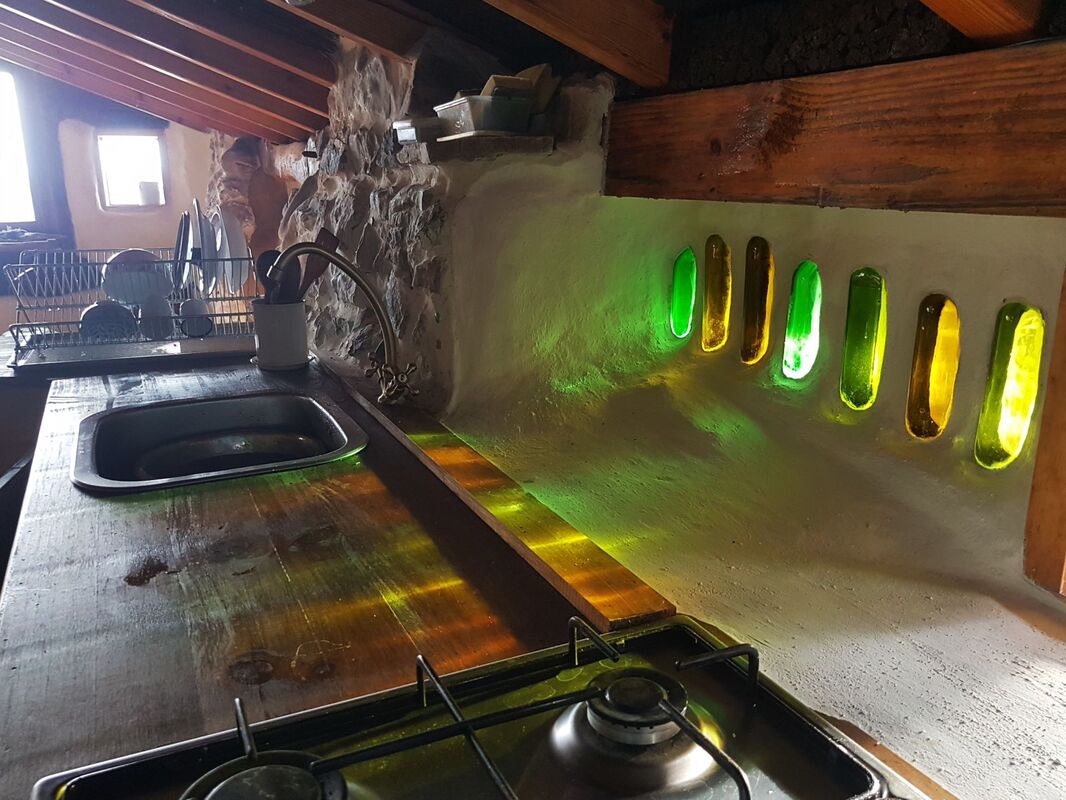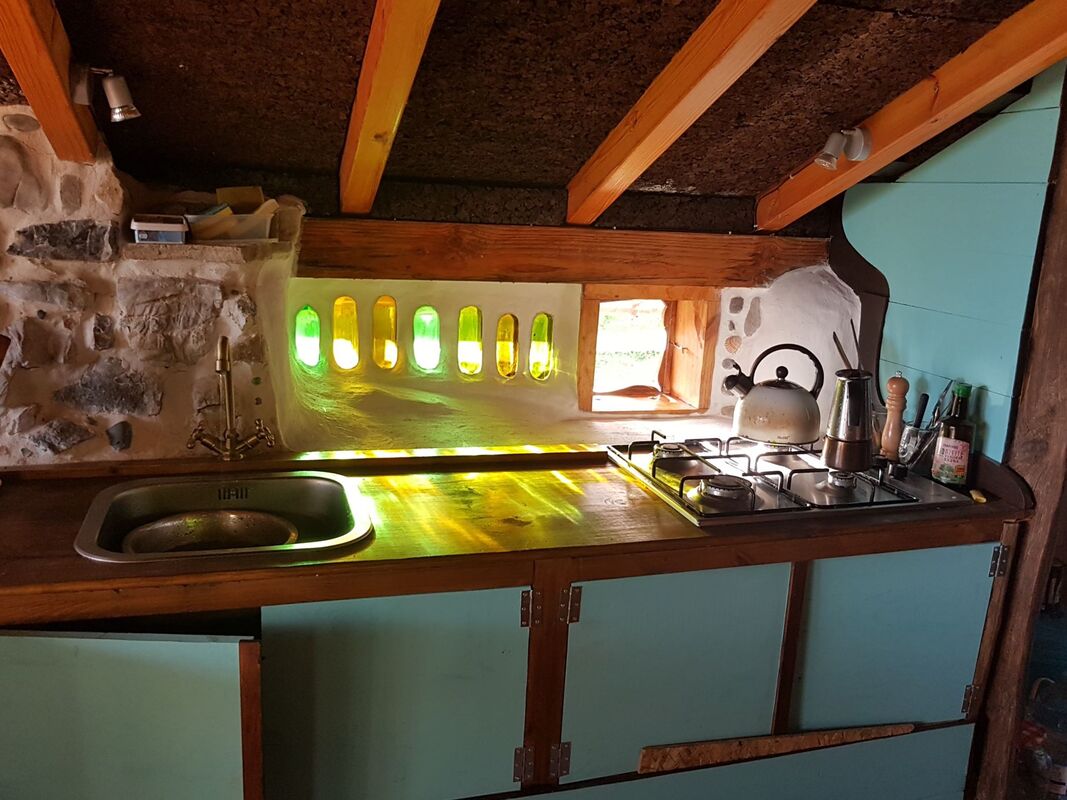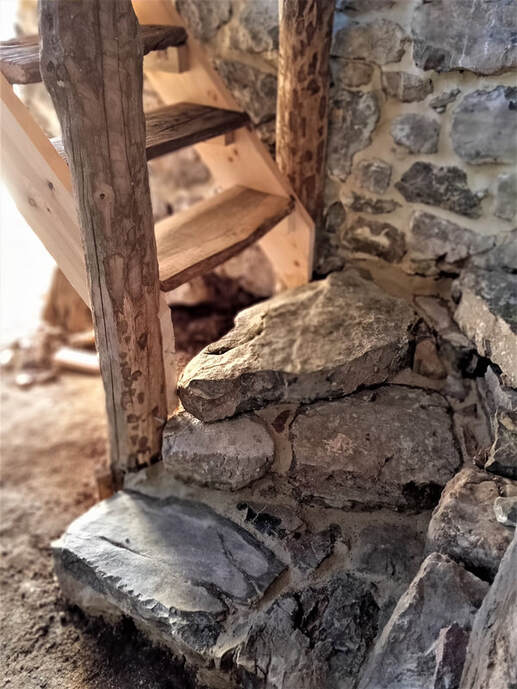Gently Restoring an Ancient Barn in Asturias Spain
Only I know how dig I had to deep at times to complete this beauty. When I look back over this four year project, I have to say, I'm somewhat amazed I finished. Here's the story (and many photos) of my ancient Spanish barn transmutation.
The Beginning
I always wanted to restore an ancient building. Be careful what you wish for, they say. Soon enough the wheels of destiny cranked round, and I found myself in Spain staring up at a 200 year old barn I'd just bought, wondering where to begin. The land was a rolling tapestry of dry stone walls, ash trees and cascading meadow. In addition to Old Barn (as I like to call him) there were two small stone shepherd's huts. It all looked out onto a vista yanked straight from a painting; science fiction skies slid over a dramatic sierra to form a view I never stopped gaping at.
The Beginning
I always wanted to restore an ancient building. Be careful what you wish for, they say. Soon enough the wheels of destiny cranked round, and I found myself in Spain staring up at a 200 year old barn I'd just bought, wondering where to begin. The land was a rolling tapestry of dry stone walls, ash trees and cascading meadow. In addition to Old Barn (as I like to call him) there were two small stone shepherd's huts. It all looked out onto a vista yanked straight from a painting; science fiction skies slid over a dramatic sierra to form a view I never stopped gaping at.
First the tiny shepherd's huts
In late May 2019 I moved into a campervan on the land, while I set up some infrastructure and access. Then I set about the two small shepherd's huts, working through the summer,Shepherd's Huts often until 10 or 11 pm. I was desperate to make the small huts livable before winter. One of the huts became my bedroom. The other became my kitchen. You can see more on those here.
Tackling the Barn
The Roof
2020 arrived, and the world changed. Despite only having a couple of tiny huts as my dwelling, I can't tell you how happy I was pottering about on my beautiful land. While the rest of Spain was locked up and locked down, I had a mountain to myself. In September of 2020, a building permit finally arrived. It was time for the roof.
It was very important to me to retain as much of the old barn as I could. Unfortunately, too many of the roof joists were rotten, so the roof needed to be completely rebuilt. Despite the new joists, I was stubborn about retaining the character of Old Barn, so I foraged for old tejas curvas (curved tiles) from all and sundry. Thanks to those old tiles the roof still looks the part.
2020 arrived, and the world changed. Despite only having a couple of tiny huts as my dwelling, I can't tell you how happy I was pottering about on my beautiful land. While the rest of Spain was locked up and locked down, I had a mountain to myself. In September of 2020, a building permit finally arrived. It was time for the roof.
It was very important to me to retain as much of the old barn as I could. Unfortunately, too many of the roof joists were rotten, so the roof needed to be completely rebuilt. Despite the new joists, I was stubborn about retaining the character of Old Barn, so I foraged for old tejas curvas (curved tiles) from all and sundry. Thanks to those old tiles the roof still looks the part.
Lime mortars and Renders
Lime Mortar
I personally dug out all the crumbling concrete mortar, and repointed the whole lot using lime mortar. I've been involved in lime applications since 2012 and you can see more about the benefits of lime in this video I shot from the first small stone hut (kitchen) I restored here on this land in Spain. I also run lime works courses, which you can browse here.
Why Lime?
Ancient stone and brickwork shouldn't be repointed or rendered with Portland Cement because it doesn't allow vapour or air transfer (bad news in a damp climate), and is far too hard for the ancient stones. The cementitiousness of Portland Cement means that the weather begins to erode the stones/bricks rather than the mortar itself. The Society of Ancient Buildings and British Heritage have banned its use in restoration for this very reason.
I personally dug out all the crumbling concrete mortar, and repointed the whole lot using lime mortar. I've been involved in lime applications since 2012 and you can see more about the benefits of lime in this video I shot from the first small stone hut (kitchen) I restored here on this land in Spain. I also run lime works courses, which you can browse here.
Why Lime?
Ancient stone and brickwork shouldn't be repointed or rendered with Portland Cement because it doesn't allow vapour or air transfer (bad news in a damp climate), and is far too hard for the ancient stones. The cementitiousness of Portland Cement means that the weather begins to erode the stones/bricks rather than the mortar itself. The Society of Ancient Buildings and British Heritage have banned its use in restoration for this very reason.
Wonks and Quirks
Usually what happens when an old barn is 'renovated' here, is that they tear down the ancient stone structure (which had clearly stood the test of time for a couple of hundred years), then they build a concrete box and clad it. I refused to do that because I think it's nuts. I had an engineer and a stone mason I trusted both check the structure. Both said basically the same thing. "If the roof is sound and you remortar it, it will be fine. It's stood 200 years like this, it'll stand a whole lot more." As a result, my barn isn't a rectangular box. Some people think that's 'wrong' but I love the original wonky stonework.
Usually what happens when an old barn is 'renovated' here, is that they tear down the ancient stone structure (which had clearly stood the test of time for a couple of hundred years), then they build a concrete box and clad it. I refused to do that because I think it's nuts. I had an engineer and a stone mason I trusted both check the structure. Both said basically the same thing. "If the roof is sound and you remortar it, it will be fine. It's stood 200 years like this, it'll stand a whole lot more." As a result, my barn isn't a rectangular box. Some people think that's 'wrong' but I love the original wonky stonework.
An Original Interior Blending Old, New, Clay and Lime
I specialise in clay and lime plasters and paints, so the interior of the barn is full of original and natural features. I'm not going to lie, clay is my favourite material in the whole world. Its warm, earthy texture, and its tough but sculptable malleability just feed my soul.
Clay Plaster Sculptures
All clay plasters and paints were created using the clays of the land by yours truly. You can see more about how to create and apply clay plasters here in my course.
The Bedroom
Honestly, I don't think I'm ever going to sleep in a bedroom this fabulous ever again. A skylight was installed right above the bed to watch the stars, and if there aren't any I can look at the bas relief I sculpted on the curved wall instead. Under the bed platform there's 10 cm of hemp insulation too, so it's super snug.
Cork Insulation
While people are very picky about organic food these days, it's amazing how many people are prepared to put up with synthetic carcinogenic homes. I invested in beautiful cork insulation in the roof, and liked the velvety look so much I kept it on display.
Ancient Beams
I carefully hoarded all the old beams that were salvageable from the roof and incorporated them into the interior as shelves, tables, and more. All were painstakingly sanded, and then rubbed with either linseed oil or tung oil.
The Side Window - A Blend of Old and New.
The side window blends old and new, mud and lime, wood and stone. I wanted to retain the original trapezium barn aperture shape, and thus repointed the walls around the window, then I used clay plaster to fill in, with an ancient beam, sanded and oiled to create a waving lintel over the top.
Kitchen
I built a pantry into the back of the barn, and created a kitchen with a bottle window and gorgeous old wooden table (again from the roof). I'm indebted to a friend Bismil who worked tirelessly for my kitchen worktop and fittings.
Bottle Windows
They drink a lot of wine in Spain, and also use a lot of olive oil. So there are plenty of gorgeous bottles to pilfer and incorporate into a stone or cob wall.
Staircase
Each step of the staircase was made from the original roof beams, sanded, oiled and cut to size.

